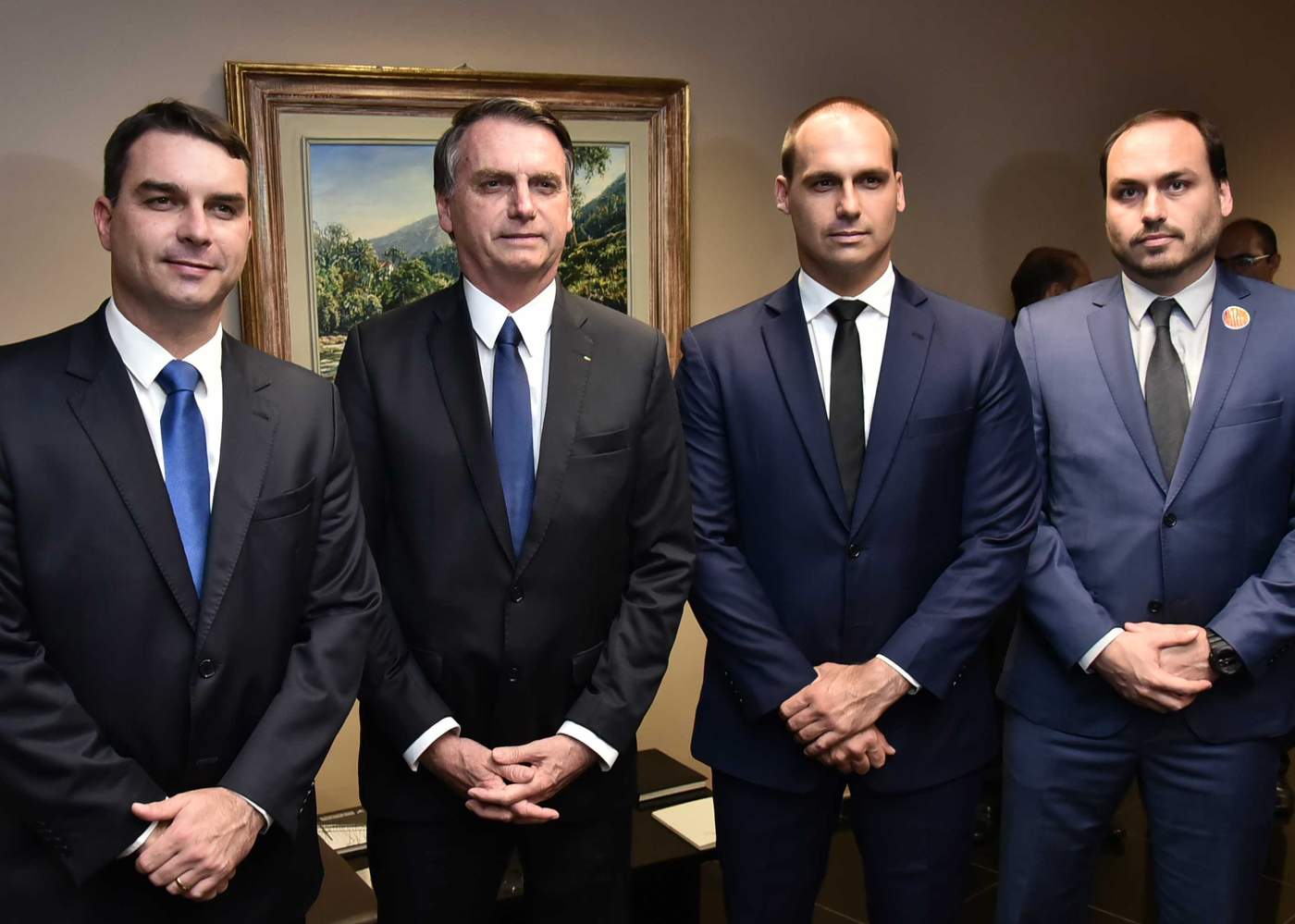Walking the line?* #1
*To maintain a fragile balance between one extreme and another. i.e.: good and evil, sanity and insanity

The Brazilian artist Igor Vidor, currently an artist-in-residence at Künstlerhaus Bethanien, has a somewhat special status at the Berlin Institution. After his controversial solo show HEROES NEVER CELEBRATE VILLAINS – HEROES ONLY CELEBRATE VILLAINS at his Gallery in Sao Paulo in which he highlighted the complex layers concerning violence, notions of security and the global scale of the security business, he received so many death threats that he ultimately had to leave his home country with his family – all the more so since his show also focussed on how global trade flows and the money made around death contribute to the daily barbaric scenario in cities like Rio de Janeiro and Sao Paulo caused by military police, gun violence and militias – illegal paramilitary forces – that now dominate large state and country territories.
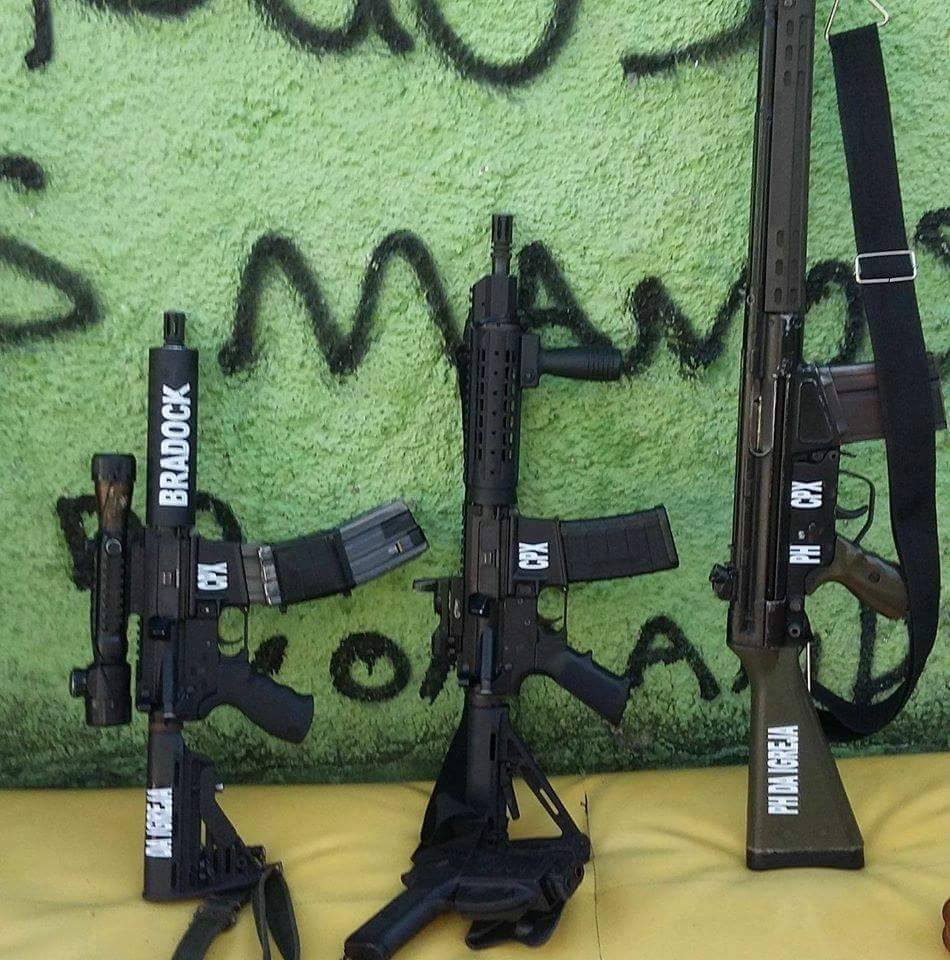
We have visited to Rio de Janeiro quite often since 2012 but for obvious reasons haven’t been again since 2016. While the artist scene in Rio and Sao Paulo is exceptional, what is happening to the cultural sector under the new president Jair Bolsonaro leaves us speechless. So we are dedicating a series of interviews to Igor Vigor’s story as well as Brazilian art projects that we want to support by speaking to respective artists and curators and spreading their work.

Growing up in Brazil in the 90ies
Igor, tell us little about your reality and circumstances as a very outspoken artist. Paint us a picture, so to speak, of your life in Sao Paulo and Rio de Janeiro.
I come from a lower-middle-class family that lived in a poor working-class neighbourhood on the outskirts of Sao Paulo. My father still is a truck driver and my mother raised her children and took in washing. In those days football was a way out of poverty for many families, a way to keep children out of trouble. Many of my friends were raised in this context of amateur sports. There were not many other options.
The ‘90s were very violent.
I lost friends to violence, especially police violence but we thought all that was normal.

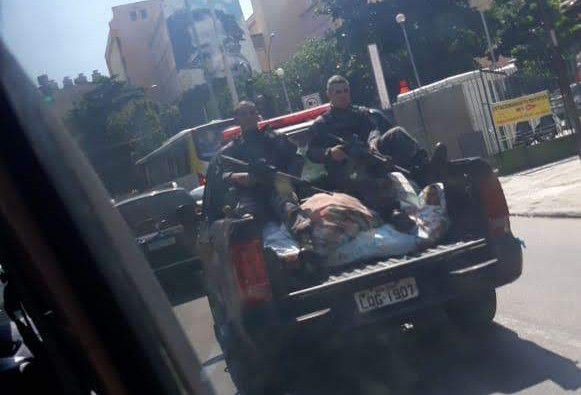

Only after I got older did I understand why my childhood friends no longer lived. I came to understand my privileges and why I am still alive. But in the ‘90s, living with the possibility of getting killed seemed normal, something that we accepted as an inherent part of life.
Unfortunately I have nine friends who were murdered by the São Paulo military police.

Rio de Janeiro and the many situations I witnessed there opened my mind to rediscover my own history.
I arrived in Rio in 2012 to work on a bold project involved in getting the Museum of Art of Rio (MAR) going.
It is curious that this same museum is about to close its doors for lack of funds, since the mayor of Rio no longer allocates resources.
This is clearly an act of censorship in the sense that the museum does not meet the narrative interests of the current government.
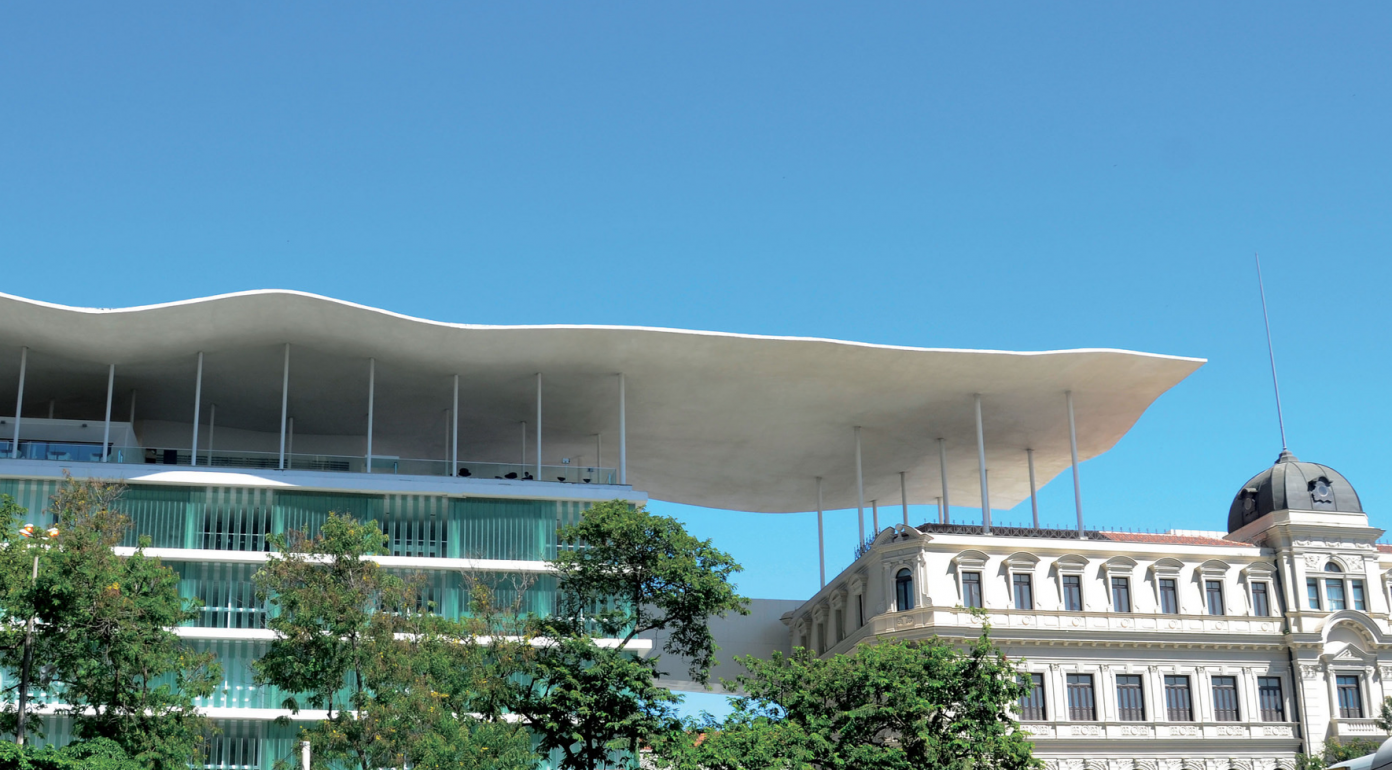
It was through MAR that I met many people and was able to build important relationships, reminding me of contexts lived in childhood.
State violence is also intrinsic to the lives of the many friends I made in Rio.
I lived for a while in a community where we dealt directly with the day-to-day afflictions of conflicts between cartels and the police. These factors drove me to radically deepen my research in this direction.

Flesh and Agony
Your solo show in summer 2018 at your gallery in Sao Paulo forced you ultimately to leave the country?
Well, I had been dedicated recent years to gaining a better understanding of the context of violence perpetuated in Brazil and Latin America, and how global trade flows and the money to be made around death contribute to the maintenance of this barbaric scenario.

My solo show sought to deepen the subject beyond the superficial headlines of newspapers.
Despite their denunciatory character, some of my works presented complex layers regarding the production of violence, notions of security, and the security business on a global scale.
For me, one of my important productions was a video titled “Flesh and Agony”, which I played after the death of a close childhood friend.
Rodrigo was killed by the police with twelve shots in 2016 after being tortured for hours.
The video shows slow motion footage of ballistic gelatine testing. The film’s captions consist of interviews I conducted between police officers and drug dealers. In the video I don’t make it clear who is who and the answers are very similar, since the questions were pretty much the same.

(Page from the notebook used for financial transactions balance by the drugs cartel)
After the positive repercussion of the show in magazines and newspapers, concurrent with the election of the current president, I began to receive hundreds of threats, many of them death threats.
I believe this video was the trigger for the most serious ones.
With the rise of threats and also with the inauguration of the current government, it was impossible to stay in Rio.
I had to move several times with my wife and after ten long months spent fleeing we left the country with the help of two German foundations.

Marielle …
You were a friend of the politician, human rights activist and feminist Marielle Franco, who was shot in March 2018. How did you get to know Marielle and what made her so special in your eyes?
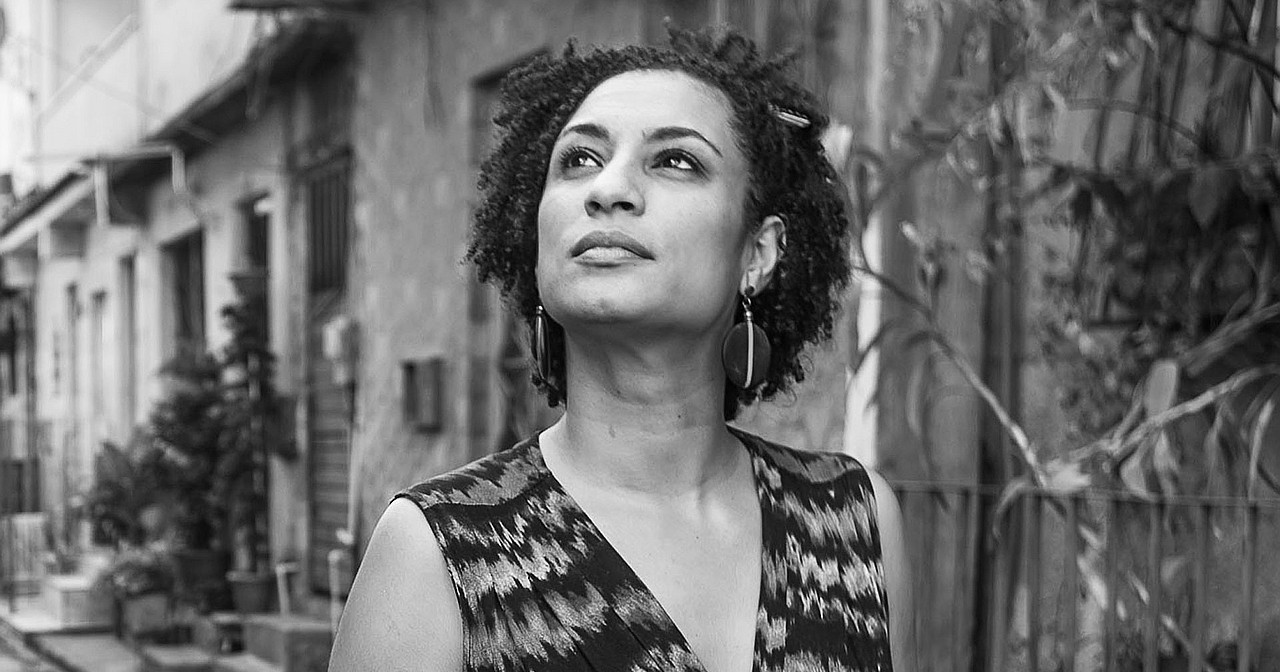
I met Marielle in the Vila Autódromo community. At the time the favela was being relocated to make way for the Olympic park. I was making a movie there (“Rio Olympics 2016”) and Marielle paid frequent visits to the favela. She was not a congresswoman at the time, but an assistant to a congressman from the same party. If I’m not mistaken it was 2014 or 2015. After that we met a few times at other events, and she always came up with important and progressive ideas. She helped me with conversations we had about some of my work and she was always optimistic, even in the face of the pitfalls of working with certain themes.
Marielle became the greatest symbol of resistance to the pro-fascist regime that governs Brazil today.
She was a human rights activist, feminist, and advocate for LGBTQ +. For her political struggle she was murdered by police officers linked to those same militias that rule most of Rio de Janeiro.
It is important to say that the former police officer responsible for Marielle’s execution lives in the same condominium as the current president.
In addition to evidence linking the crime to the current president’s family, her death represents thousands of other cases in Brazil, where violence is a state instrument in the extermination of mostly poor and black youth – and my friends.
…to walk with your head in the sights of an HK..
In your studio, you showed me photos of the founders of the Heckler & Koch firearms firm. Please explain the connection to Marielle’s death and how you are incorporating this in your work.
Being in Berlin is allowing me deeper insights into the global commodity flows linked to the war industry.
The first time I heard about H&K I was eleven years old.
In 1997 the song “Diary of a Prisoner” dominated the airwaves on the outskirts of São Paulo. As one of the most emblematic rap songs in Brazil, it was responsible for leveraging the genre at important radio stations.
The hip hop band Rationais MC‘s formed the generation where I grew up, and I can say their lyrics saved many lives from deep sadness.
The song portrays the largest massacre inside a Carandiru prison in Sao Paulo, where 111 prisoners were summarily executed by the police after a rebellion. And its first verses say:
“
“You don’t know what it’s like to walk with your head in the sights of an HK”
“German or Israeli machine gun shreds thief like paper”



The Heckler & Koch MP5, a restricted-use submachine gun in Brazil, was the weapon used to kill Marielle Franco.
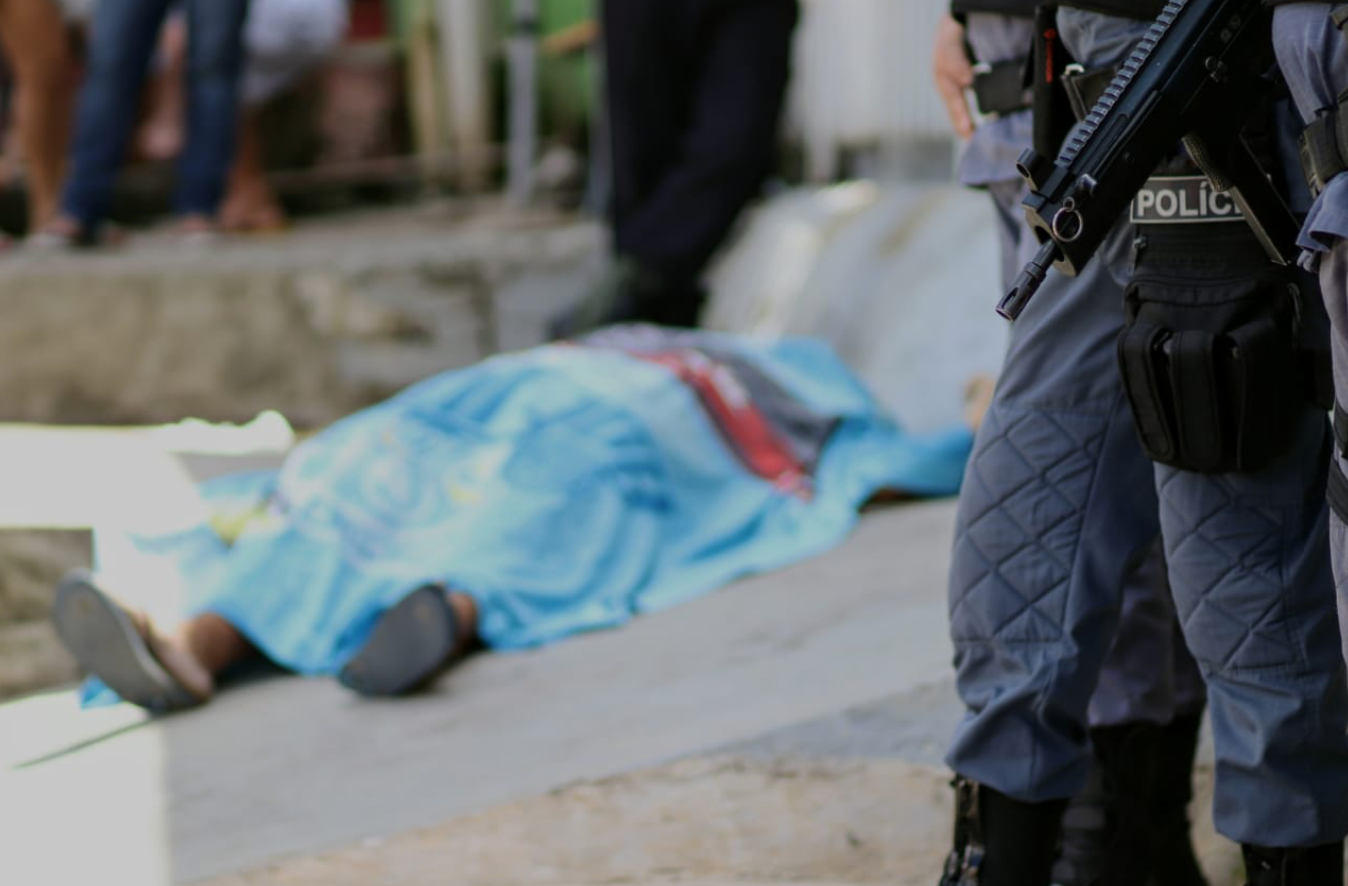
Today, the company’s directors and former employees are in the dock of a Stuttgart court for illegally selling rifles to Mexican state officials in violation of the German government decree banning such transactions. In this particular case, 4,700 HKG36 rifles were sold.
Selling this type of weapon in places where police officers engaged excessive violence violated human rights.
According to the prosecution, the company had trained local agents, even with the embargo in place. Add to that the disappearance of 43 Mexican students, with investigations showing that H&K guns were used in the crime. As for Brazil, the company does not provide data on its business in the country.
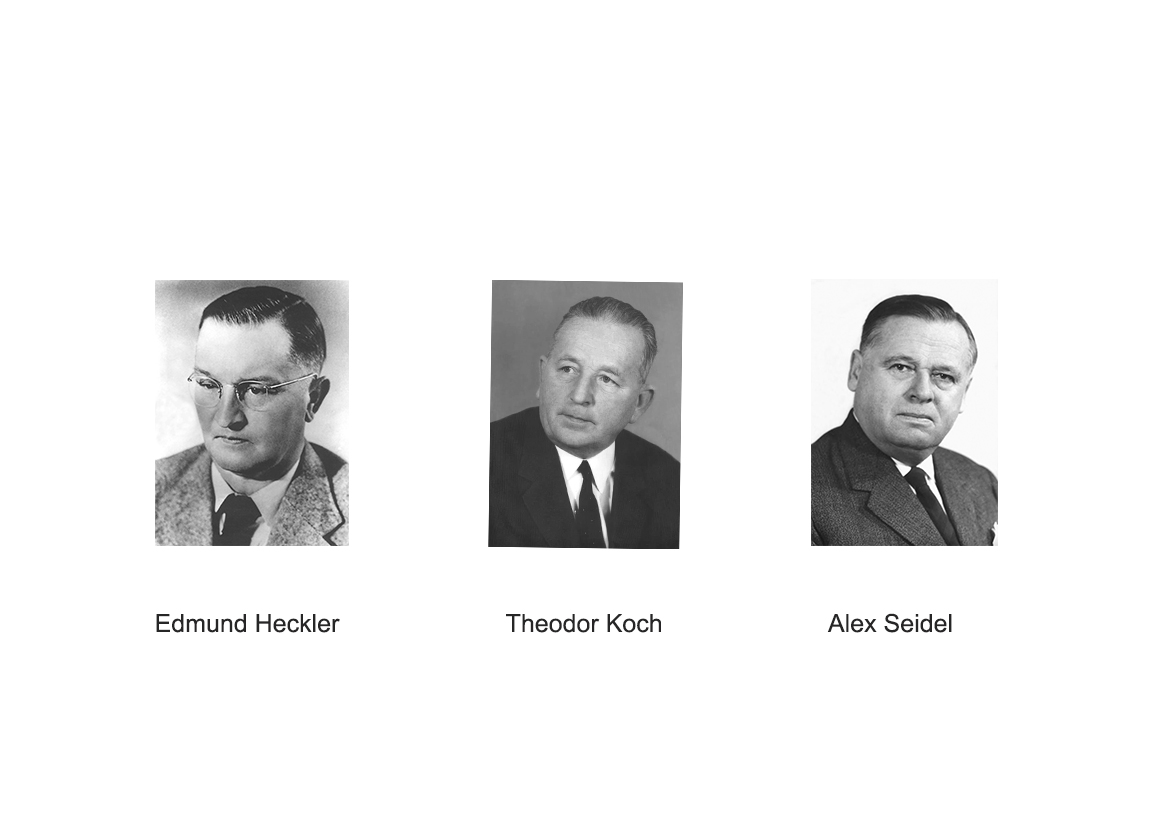
The company name refers to its founders, Edmund Heckler, Theodor Koch (Alex Seidel was also one). The first two were Mauser engineers in the Nazi regime and responsible for many of the weapon designs used at the time.
With the end of the regime, they hid the moulds of the major weapons, and founded H&K as a parts company for sewing machines, gauges and precision parts. Five years later they made it an armament company again, using the same platforms.
I was extremely surprised to find this echo of Nazism in Latin American territories and how it relates to my own history.
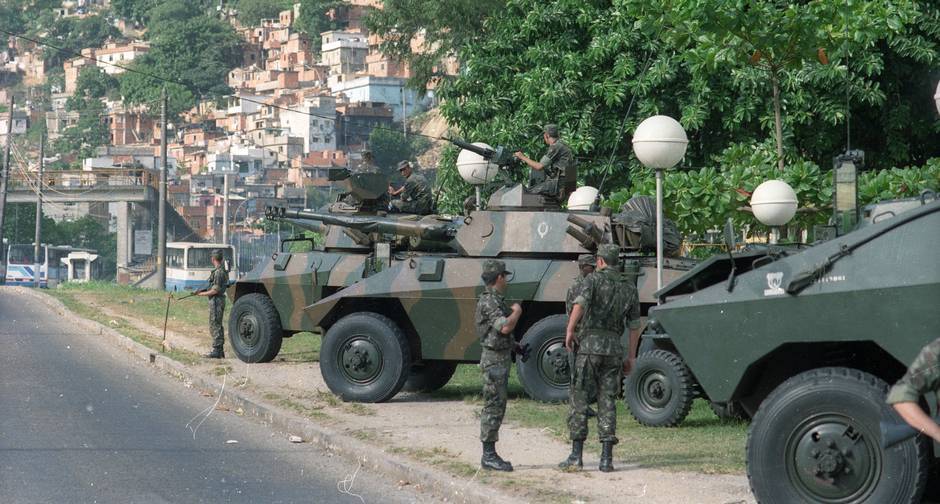
What will you next work on?
Right now I’m developing a performance that will deal with this information, a tangle of facts that cross my biography and reverberate with the scenario of violence experience.
To be continued…..
Read more about Igor Vidor on his website.
Igor Vidor at Künstlerhaus Bethanien
Author: Esther Harrison

